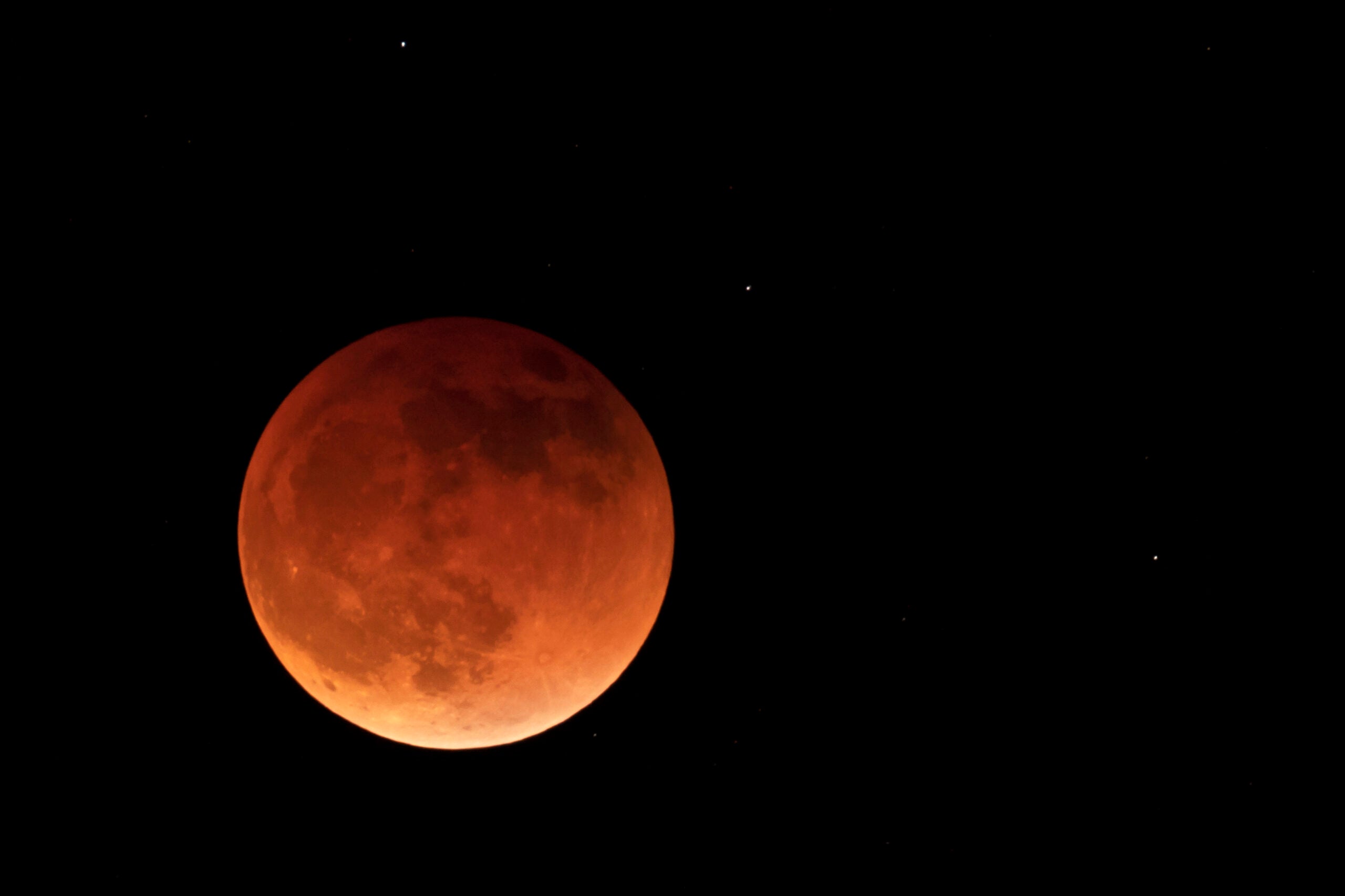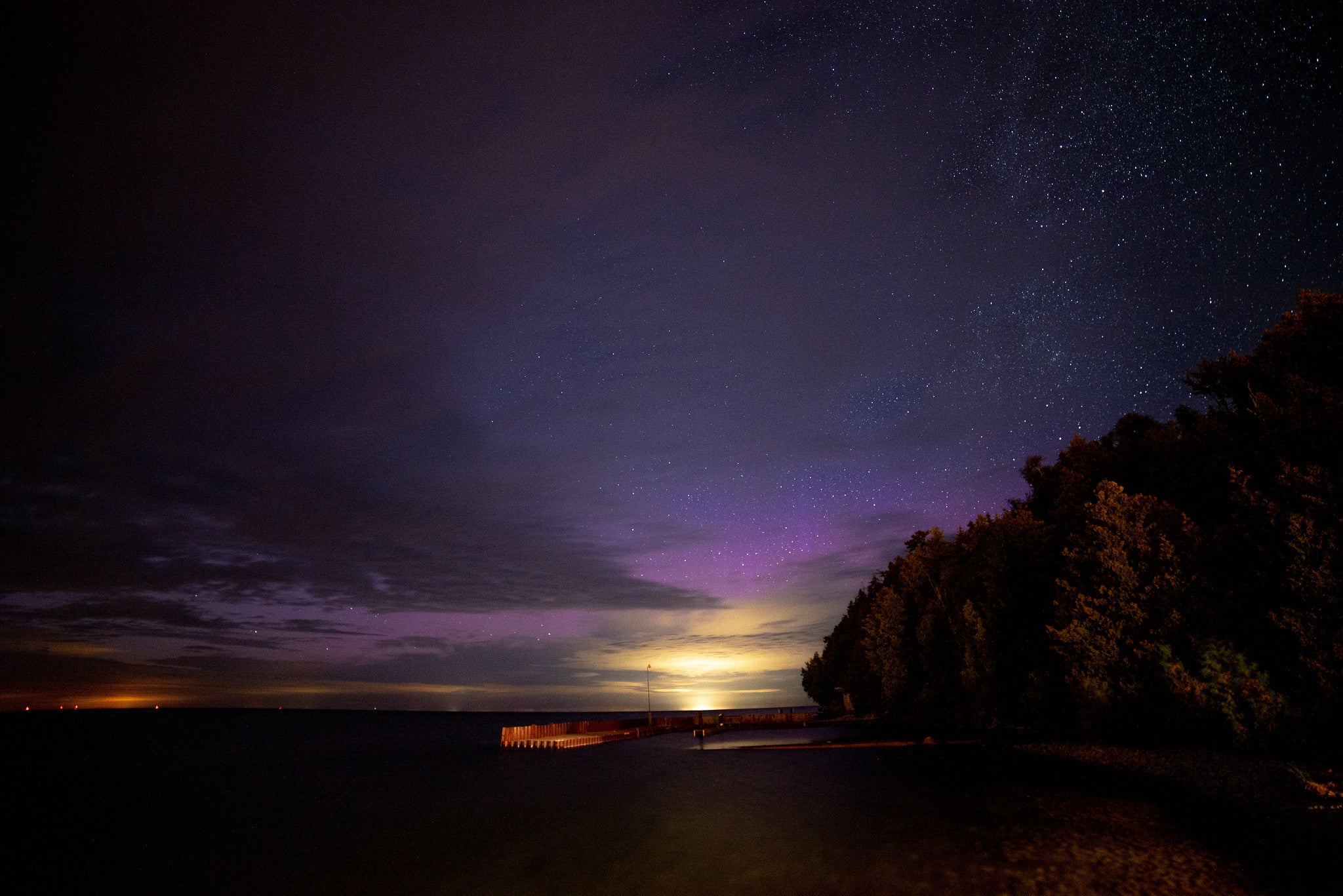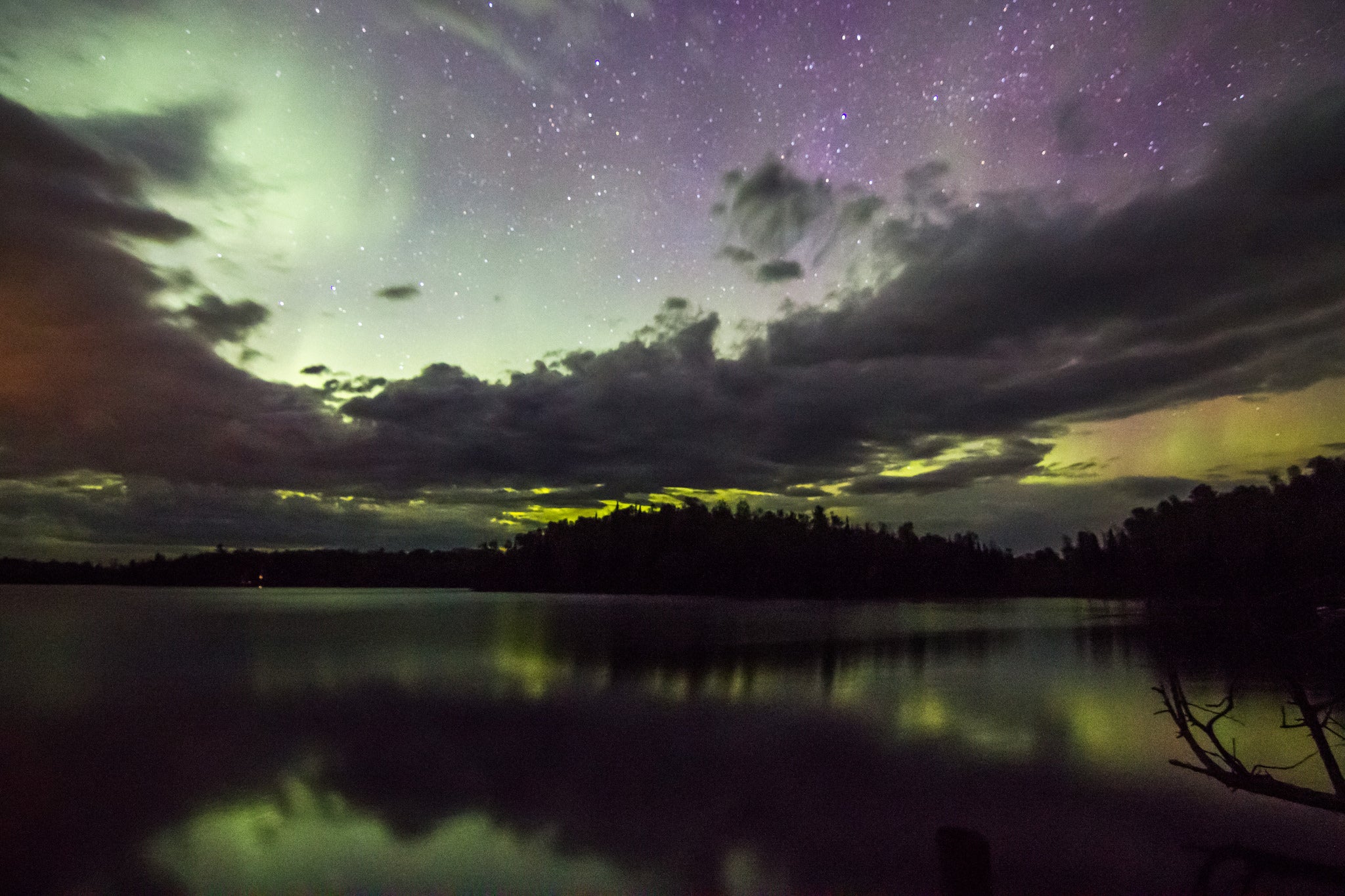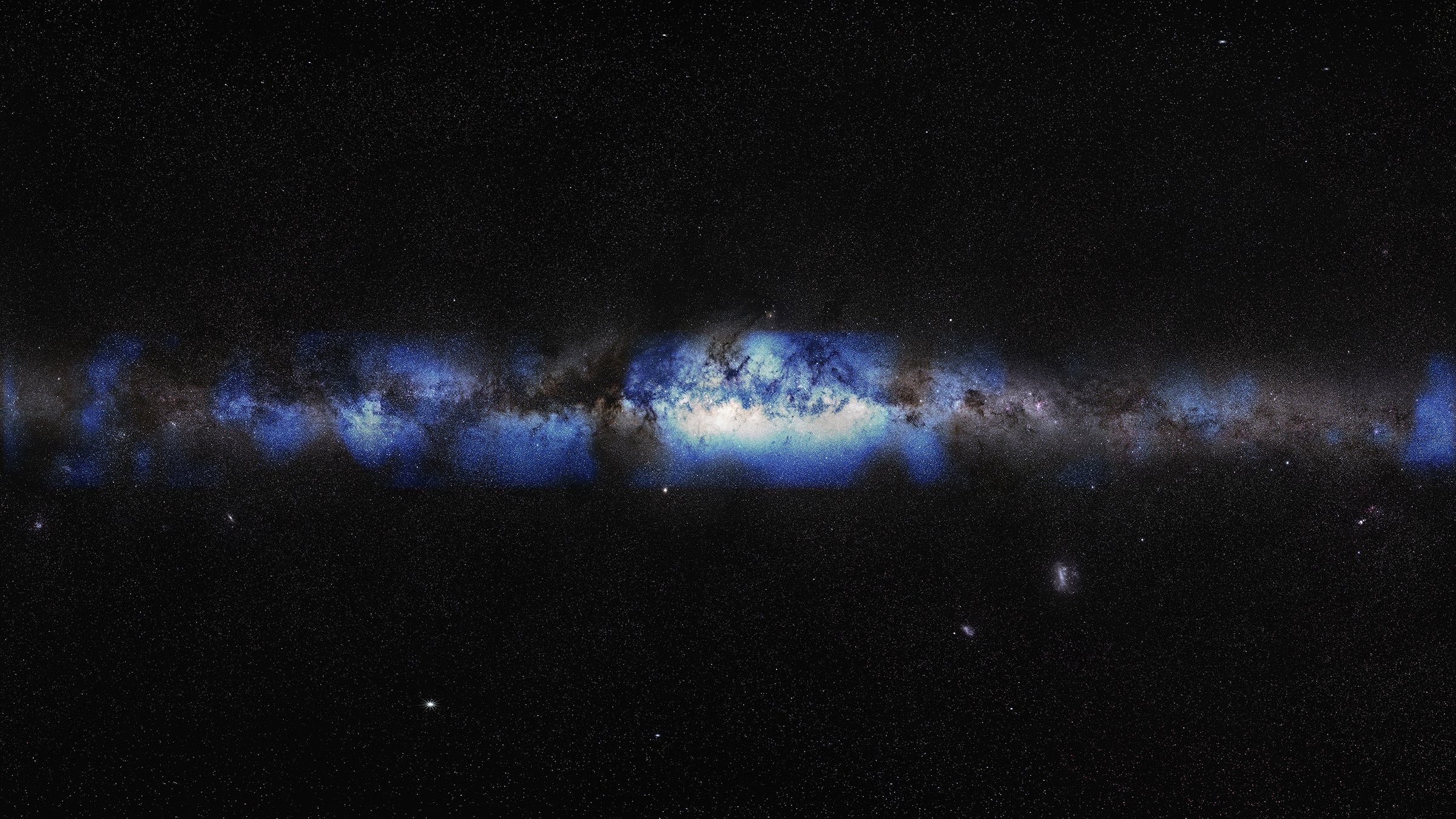Have you considered running for public office? Veronica Rueckert and Cynthia Schuster find out what you need to know first in our “Teach Me What You Know” series. Then, they’ll look at what’s happening in the night sky this spring. They’ll also talk with a professor who that in order to make college affordable, it’s time to reallocate some resources and offer two years of college for free.
Featured in this Show
-
Upcoming Sights Should Nurture One's Inner Astronomer This April
Mother Nature has more in store this month to delight stargazers than just the reappearance of spring.
Many astronomers are excited about this month’s goings-on in the night sky above, even after Tuesday morning’s lunar eclipse. The eclipse featured a “Blood Moon,” during which the moon turns an orangey-red as light passes through the Earth’s atmosphere. (Think of a sunset’s colors shining across 239,000 miles of space to paint the moon red.)
Richard Talcott, senior editor at Astronomy magazine, said that even with the Blood Moon behind us, amateur astronomers still have a lot to look forward to this spring.
According to Talcott, the planet Mars is another jewel in the night sky this April.
“Right now, it’s at the closest to Earth it’s been since 2007,” he said. “It’s pretty spectacular.”
Talcott also suggests stargazers take notice of Spica, a star with a blue-ish tinge within the constellation Virgo, that’s almost as bright as Mars.
Planet-watchers, he said, should check out Jupiter.
“It’s high in the western sky right now after sunset,” he said. “It’ll be the brightest object in the (western) sky right now.”
Another upcoming must-see is the the Lyrid meteor shower, named after the constellation Lyra. The shower should hit its peak on April 22, so amateur astromers might want to plan ahead, Talcott said.
“This one will give us about a dozen meteors every hour or so,” he said.
Talcott said it’s not as specacular as some meteor showers, but could still a delight to stargazers.
Talcott also said he’s excited about the two brightest asteroids in the sky, at their peak this week. The pair are orbiting the Sun between Mars and Jupiter. Although people can’t see them with the naked eye, binoculars should work.
“It’s a really spectacular close pairing,” he said.
The good news, Talcott said, “There’s always something going on in the night sky.”
-
Blood Moon, Visible Planets, And Other Space News
Mars, Jupiter, and Saturn are all brightly visible this spring, and there are two eclipses happening in the month of April. An editor from Astronomy Magazine discusses some of these space happenings and gives a forecast of what will be in the night sky over the next several weeks.
-
UW Professor Says Make First Two Years Of College Free
Students should be allowed to go to a public university for two years…for free. That’s according to an education policy professor, who says the proposal would make college more affordable and accessible.
-
Teach Me What You Know: How To Run For Public Office
The first day to circulate nomination papers for Wisconsin’s fall elections is Tuesday April 15th and filing times run until June 2nd. Michael Haas of the Wisconsin Government Accountability Board explains the process of running for public office.
Episode Credits
- Veronica Rueckert Host
- Cynthia Schuster Host
- Joy Cardin Host
- Richard Talcott Guest
- Sara Goldrick-Rab Guest
- Michael Haas Guest
- Amanda Magnus Producer
- Chris Malina Producer
- Galen Druke Producer
Wisconsin Public Radio, © Copyright 2025, Board of Regents of the University of Wisconsin System and Wisconsin Educational Communications Board.



